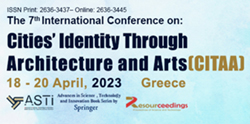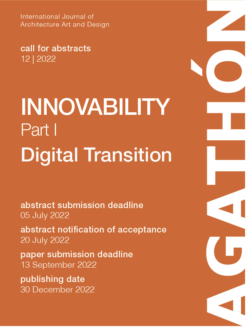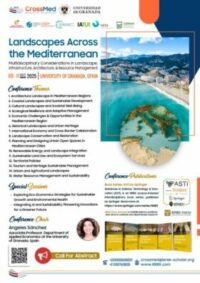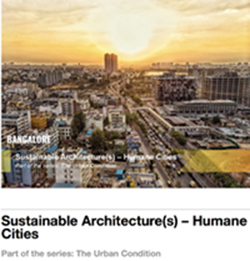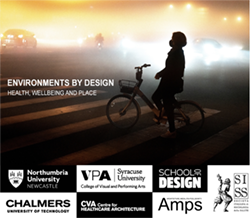Oct
2021
Nov
2021
Jan
2022
Jun
2022
On January 1st, 2020, the world woke to news that a pneumonia outbreak in Wuhan, China, had been identified as a strain of coronavirus. By March, the World Health Organization would define it as a pandemic and the most serious global health threat on the planet. Under lockdown conditions the relationship between health and the spaces we inhabit became central. The response from professionals and academics was immediate. Public health officials became consultants on ‘healthy buildings’, infectious disease specialists advised on planning codes, mental health experts became advisors on design strategy. Environmental psychologists collaborated on adapting homes for lockdown, sociologists re-examined behaviour in public space; teachers critiqued new spatial uses of the classrooms and, by extension, interior work environments of every type. It is tempting to see this recent global concern about health and environments as new. The reality is, it has a long history. The public health profession was born from the housing conditions of the 19th century urban poor. ‘Sick building syndrome’ has been a concern for years. Demands for walkable neighbourhoods are long standing. Housing for the elderly, accessible design, and the broader healthy cities agenda globally, all pre-date Covid-19. Seen in this light, this conference seeks to bring recent experiences and responses into dialogue with these longer standing areas of research into health, wellbeing and environments.
United Kingdom, United States Of AmericaENVIRONMENTS BY DESIGN | HEALTH, WELLBEING AND PLACE
On January 1st, 2020, the world woke to news that a pneumonia outbreak in Wuhan, China, had been identified as a strain of coronavirus. By March, the World Health Organization would define it as a pandemic and the most serious global health threat on the planet. Under lockdown conditions the relationship between health and the spaces we inhabit became central. The response from professionals and academics was immediate. Public health officials became consultants on ‘healthy buildings’, infectious disease specialists advised on planning codes, mental health experts became advisors on design strategy. Environmental psychologists collaborated on adapting homes for lockdown, sociologists re-examined behaviour in public space; teachers critiqued new spatial uses of the classrooms and, by extension, interior work environments of every type. It is tempting to see this recent global concern about health and environments as new. The reality is, it has a long history. The public health profession was born from the housing conditions of the 19th century urban poor. ‘Sick building syndrome’ has been a concern for years. Demands for walkable neighbourhoods are long standing. Housing for the elderly, accessible design, and the broader healthy cities agenda globally, all pre-date Covid-19. Seen in this light, this conference seeks to bring recent experiences and responses into dialogue with these longer standing areas of research into health, wellbeing and environments.
Delegate Fee: $350 / £290; Audience fee: $200 / £150
Amps Proceedings Series (ISSN 2398-9467) | Book by Vernon Press


